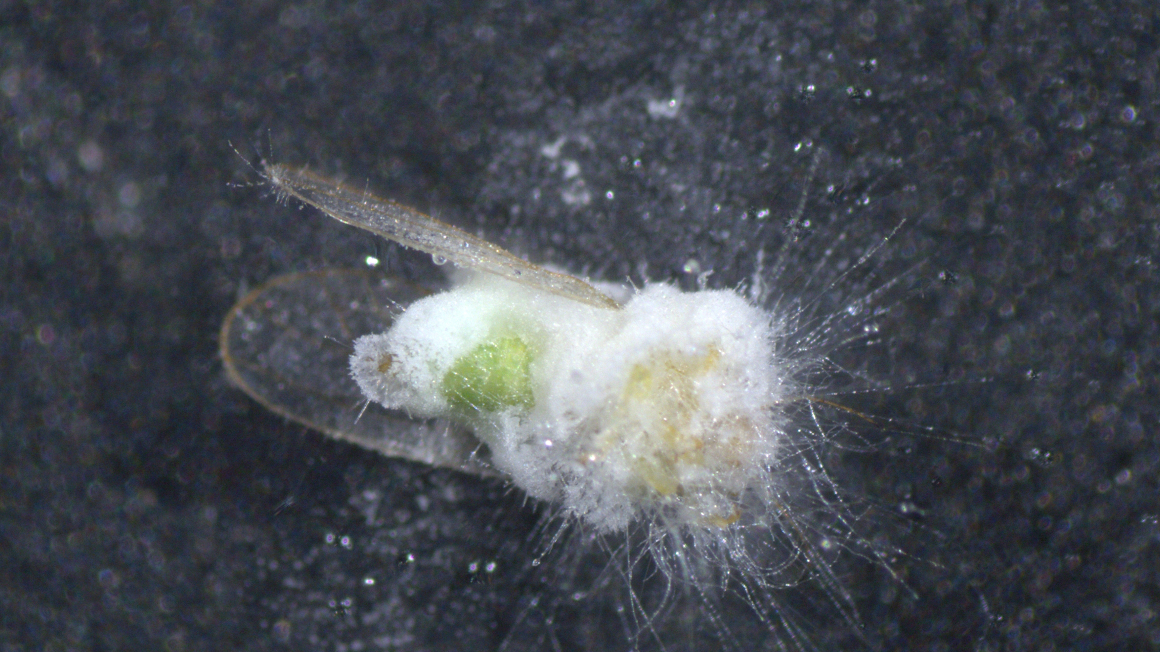New type of fungus against fruit pests discovered
The fungus Pandora cacopsyllae, which attacks the leaf fleas feared in orchards, could serve as a biological control agent in the future, according to a study.

Leaf fleas are a horror for fruit growers. The so-called psyllids sting the plant with their sucking mouthparts and suck out the plant sap. In this way, the parasitic leaf fleas sometimes cause high crop losses. Until now, fruit growers have tried to control the pest with the help of synthetic chemical pesticides. An international team of researchers with the participation of the Julius Kühn Institute (JKI) has now, by chance, found a suitable antagonist in a parasitic fungus to eliminate the leaf flea in fruit growing in a natural way.
Newly discovered fungus species attacks leaf fleas on pear tree
The team made its find in a pear orchard in Denmark. There, the researchers discovered the previously unknown fungal species, which they named Pandora cacopsyllae. The name "cacopsyllae" refers to the so-called psyllids, or leaf fleas, that the fungus attacks and kills. But it's not the sucking act itself that kills pears, apples, plums or peaches, the team writes in the Journal of Invertebrate Pathology. Rather, yield losses or total failures are caused by the associated transmission of certain cell-walking bacteria, phytoplasmas, that cause infections such as apple proliferation, pear rot or stone fruit yellowing.
Potential as biological plant protection
"Initial investigations have shown that the fungus can also infect other leaf sucker species," reports Jürgen Gross from Julius Kühn-Institut (JKI) in Dossenheim and co-author of the study. The researcher is convinced that the newly discovered fungal species has great potential for biological crop protection and could serve as a starting material for environmentally friendly crop protection products.
Bring the fungus to the leaf flea
Next, Gross plans to investigate how the fungal spores can be enriched and packaged so they can be applied to orchards. "We are in the process of developing a formulation that will ensure that the pearleaf sucker comes into contact with the fungus and is colonized by it," Gross says, explaining the approach. "To do this, we will also include attractants for the pear leaf sucker in the formulation." It has already been shown in the laboratory that the fungal infestation leads to the death of the insects.
bb


